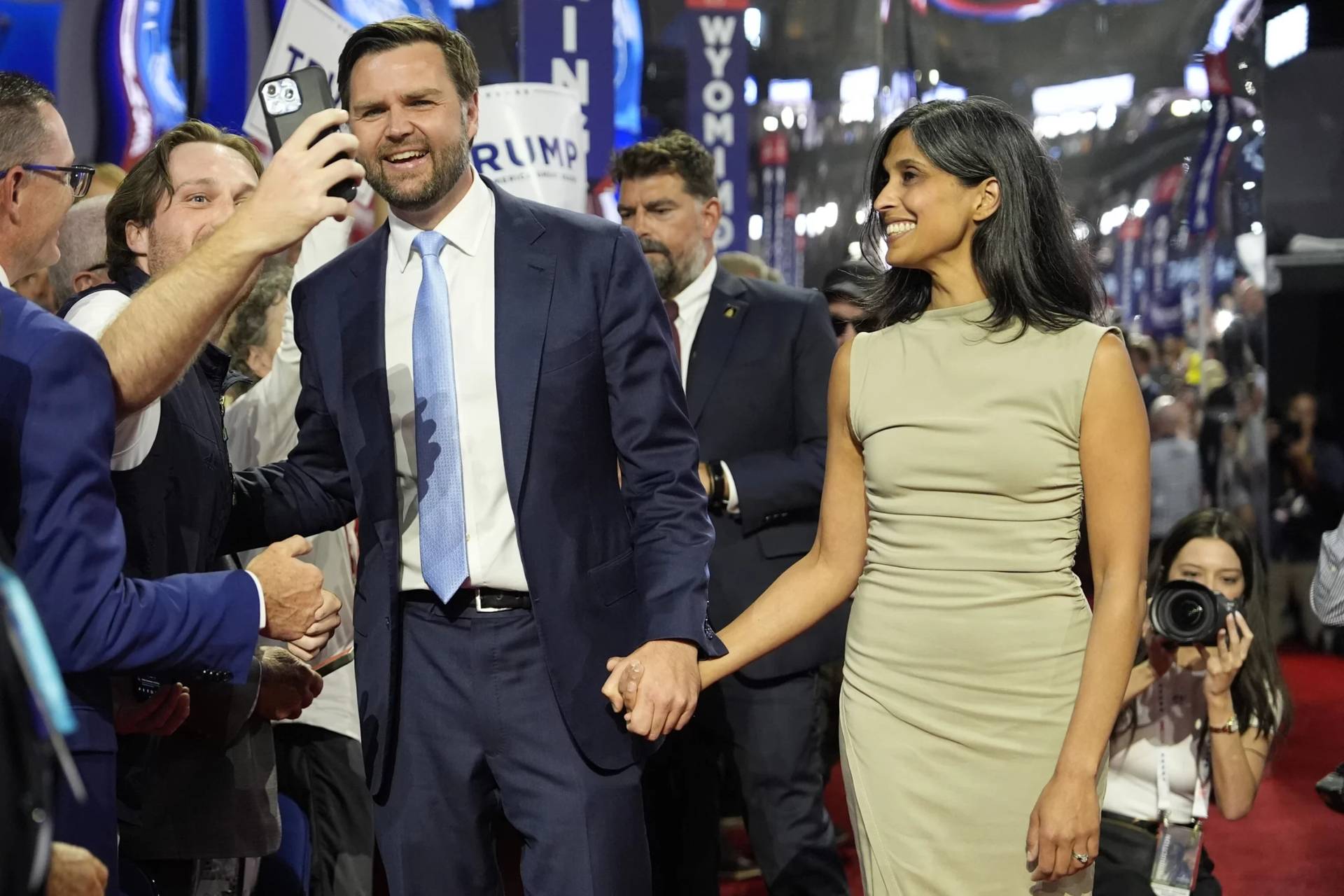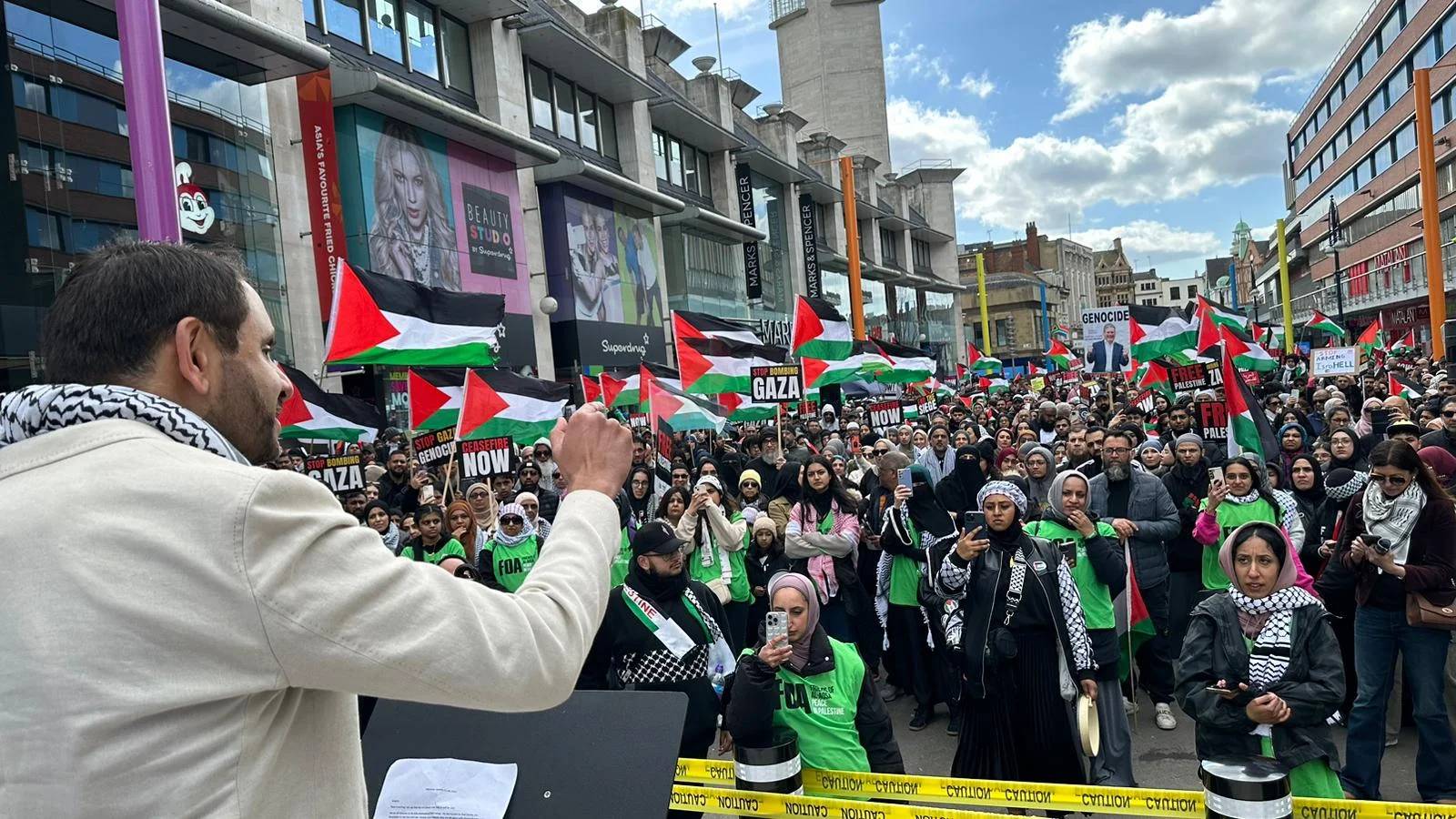VIENNA/LEIBNITZ, Austria – Right now, it doesn’t seem much like hyperbole to say the political relationship between the United States and Europe appears to be on the brink of unraveling. At the very least, ties across the Atlantic are facing serious new strains.
This week, U.S. President Donald Trump announced a pullout from the Paris climate change agreement, drawing a stern (and unusually unified) reaction from Germany, France, and Italy. That came on the heels of a difficult collision at the G7 with Chancellor Angela Merkel, prompting the German leader to say that since Europe can no longer count on the U.S. and Great Britain, it’s time for Europeans to take their destiny into their own hands – for all intents and purposes, a declaration of independence.
Already, the Brexit victory in the U.K., coupled with the election of a new U.S. commander-in-chief whose mantra is “America first,” didn’t seem to bode well for international cooperation, and now it’s steadily more difficult to imagine an “era of good feelings” between the United States and Europe anytime soon.
Speaking to an international conference on Friday, however, I laid out a counter-intuitive thesis: While political ties may be fraying, ecclesiastical bonds between the U.S. and the old continent are strong and getting stronger all the time.
The occasion was the Whitsun Dialogue, a biennial event in the Austrian province of Styria bringing together secular and ecclesiastical figures to reflect on some big-picture themes. It’s set at the picturesque Seggau Castle, originally built to house the Archbishops of Salzburg and later Seckau, and which now functions as a large retreat and conference center. It overlooks the town of Leibnitz, not far from the border with Slovenia.
This year the subject was the relationship between the United States and Europe, and my job was to discuss the religious, and specifically Catholic, dimension to things. I made the case that while politicians on either side are drifting apart, Catholic bishops are coming together on at least three key fronts.
The first is anti-Christian persecution, especially in the Middle East. It’s been flagged by the bishops of both Europe and the U.S. as a priority, reflecting the historical and spiritual value Christian leaders attach to the region, as well as the brutal realities Christians there face.
In the past, when talk among bishops turned to the Middle East, a fundamental gap between Europeans and Americans would often surface. As a rule, many American bishops tend to be pro-Israeli and many Europeans pro-Palestinian, so cooperation could get bogged down by differing instincts. (Should we condemn Israeli security policies that make life difficult for Arab Christians, or the Palestinians for fostering Hamas?)
Now that the primary focus has shifted to Iraq and Syria, however, that’s no longer the case. Moreover, the simple urgency of the situation has made such squabbling seem irresponsible.
European and American Catholic leaders also essentially share the same political diagnosis of the Syrian conflict, which is a “yes” to international peace-keeping efforts but a “no” to regime change by military force. That’s based, of course, on what they hear from the bishops of Syria, who routinely warn that however bad Assad may be, what would follow a forcible decapitation would likely be worse.
A second area of growing convergence across the Atlantic is immigration.
For thirty years, especially the more conservative Catholic bishops in Europe were skeptical, if not outright hostile, on immigration, worrying that a rising tide of mostly Muslim migrants would further erode the Christian roots of the continent. Some European prelates supported limits or bans on Muslim migrants, or preferential treatment for migrants from traditionally Catholic nations.
In the U.S., however, even thirty years ago, the center of gravity within the bishops’ conference was solidly pro-immigrant, in part because most of those immigrants were Catholic, and they were bringing a highly dynamic faith into the country.
Today, migration and requests for refugee status in Europe are bringing a steadily larger share of Christians onto the continent, including large communities from Africa, Asia and the Middle East. It’s a rare European bishop now who doesn’t have first-hand experience of the hardships those immigrants face, and also the gifts they have to offer.
When I and my colleague Inés San Martín asked Cardinal Christoph Schönborn of Vienna this week where he sees signs of hope for the faith in Europe, his very first, instinctive reply was “Christian immigration.”
“We have a variety of immigrant communities coming from all over the world, from China to Latin America,” he said. “They are bringing in much new fervor, new ferment, new life into the life of the local Church.”
Clearly, the strong leadership of Pope Francis in defense of migrants and refugees augments this trend.
Third, the bishops of the United States increasingly find themselves in the same boat with their colleagues in Europe vis-à-vis the wars of culture.
At the level of stereotypes, the U.S. church has long been seen as more strongly pro-life than its European counterpart. However, that’s to some extent due to the fact that for the last thirty years or so, issues such as abortion, gay marriage and euthanasia have been open questions in American political life, whereas they’ve been basically settled in most Western European societies.
Increasingly, that difference is narrowing. While America will continue to debate restrictions on abortion and questions such as public funding, most observers agree it’s unlikely that abortion in all phases of a pregnancy will be re-criminalized. The Obergefell decision legalized gay marriage, and the trend at the state level is in favor of laws permitting some form of euthanasia.
As a result, the American bishops will be focusing more on conscientious objection – not fighting the substance of these decisions, but creating and defending spaces for people of faith to dissent while still playing vital roles in public life. That’s a challenge European bishops have faced for some time, and Americans may find themselves drawing on those reflections.
If one wanted to add a final force bringing American and European Catholicism together, it would be Francis.
As history’s first pope from the developing world, Francis doesn’t really have separate visions for Europe and the United States, at least at any level of detail. What he has is a vision for the developed nations of the world, embracing both Europe and the U.S. calling them to a greater sense of responsibility for the peripheries.
In other words, for Francis, Europe and the States have a common vocation.
Whether this Catholic convergence will be enough to hold Europe and America together in a time when political leaders seem determined to drive them apart remains to be seen. It’s nevertheless striking that at least in Catholic terms, the Atlantic alliance seems healthier than ever.
















